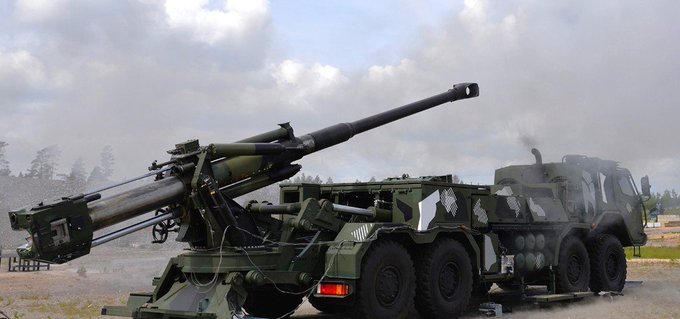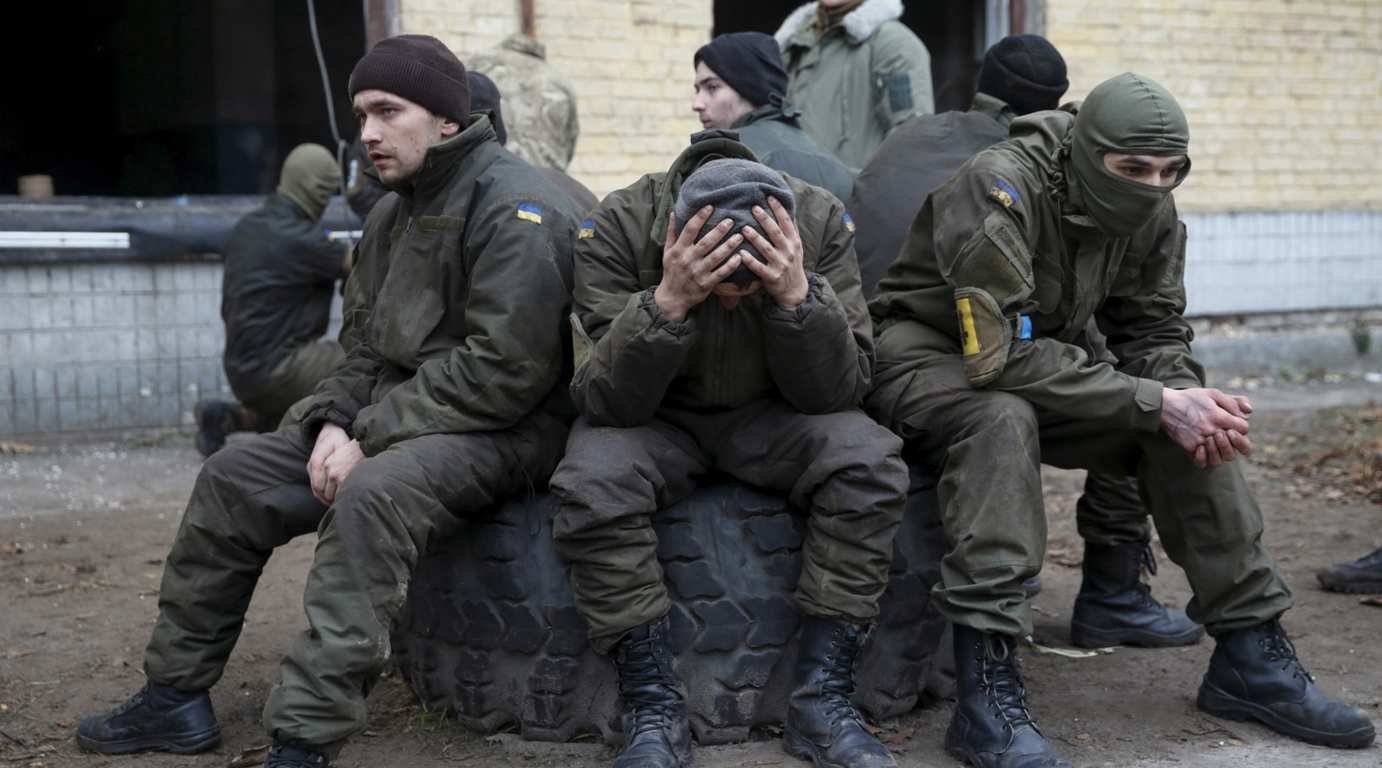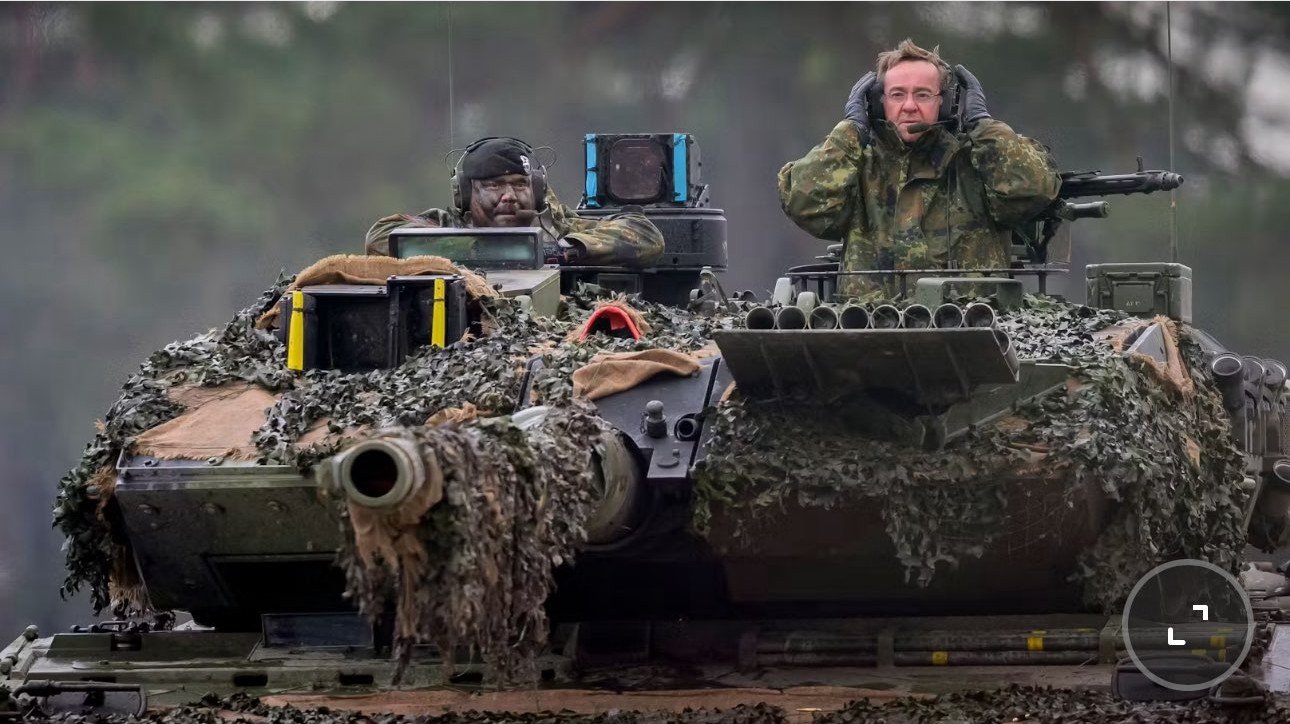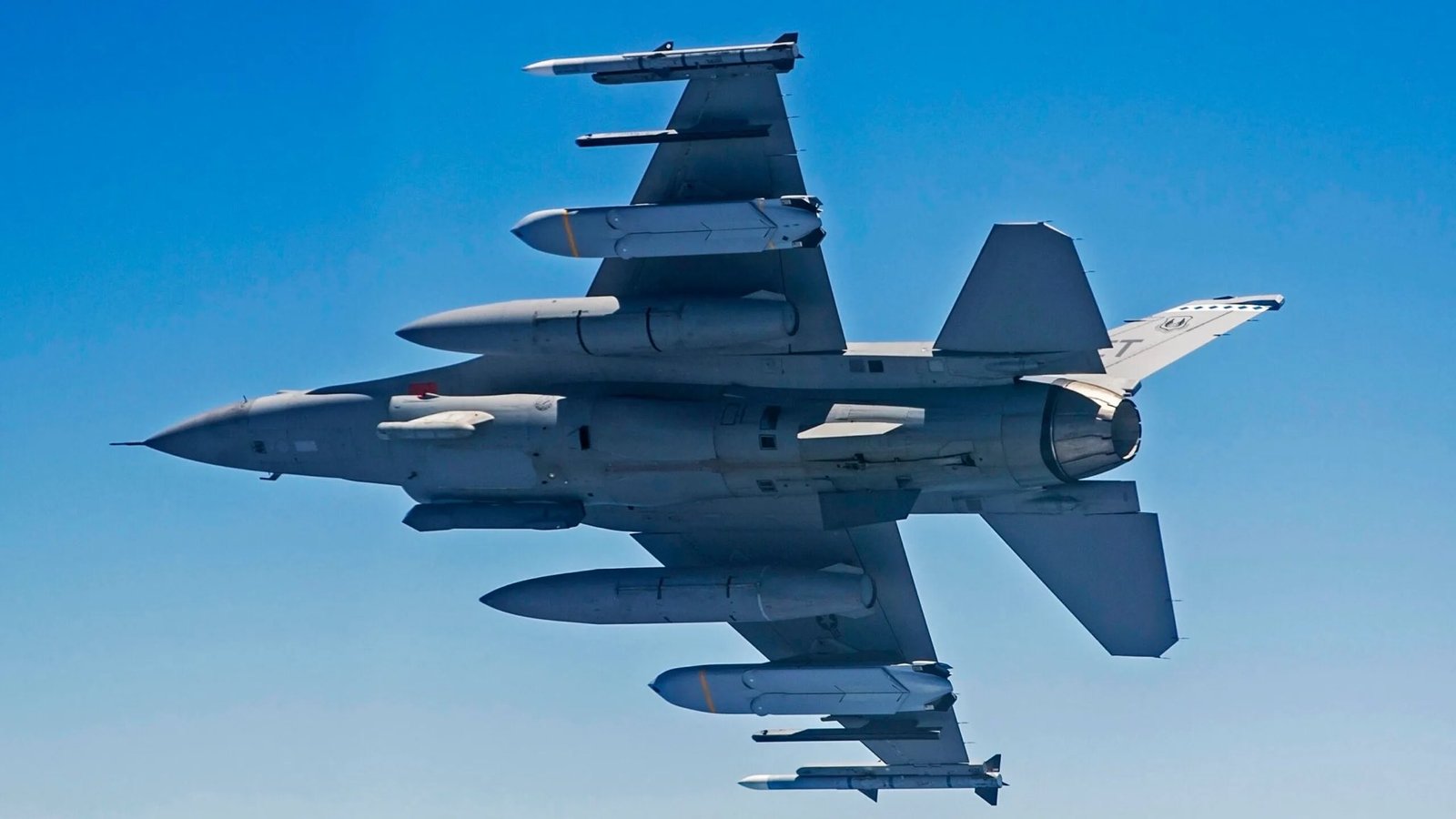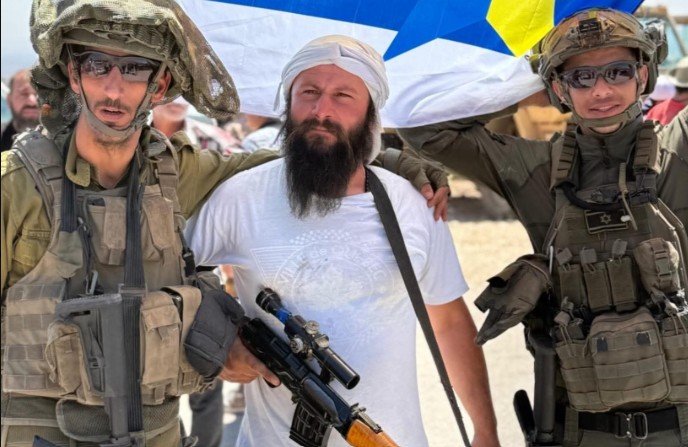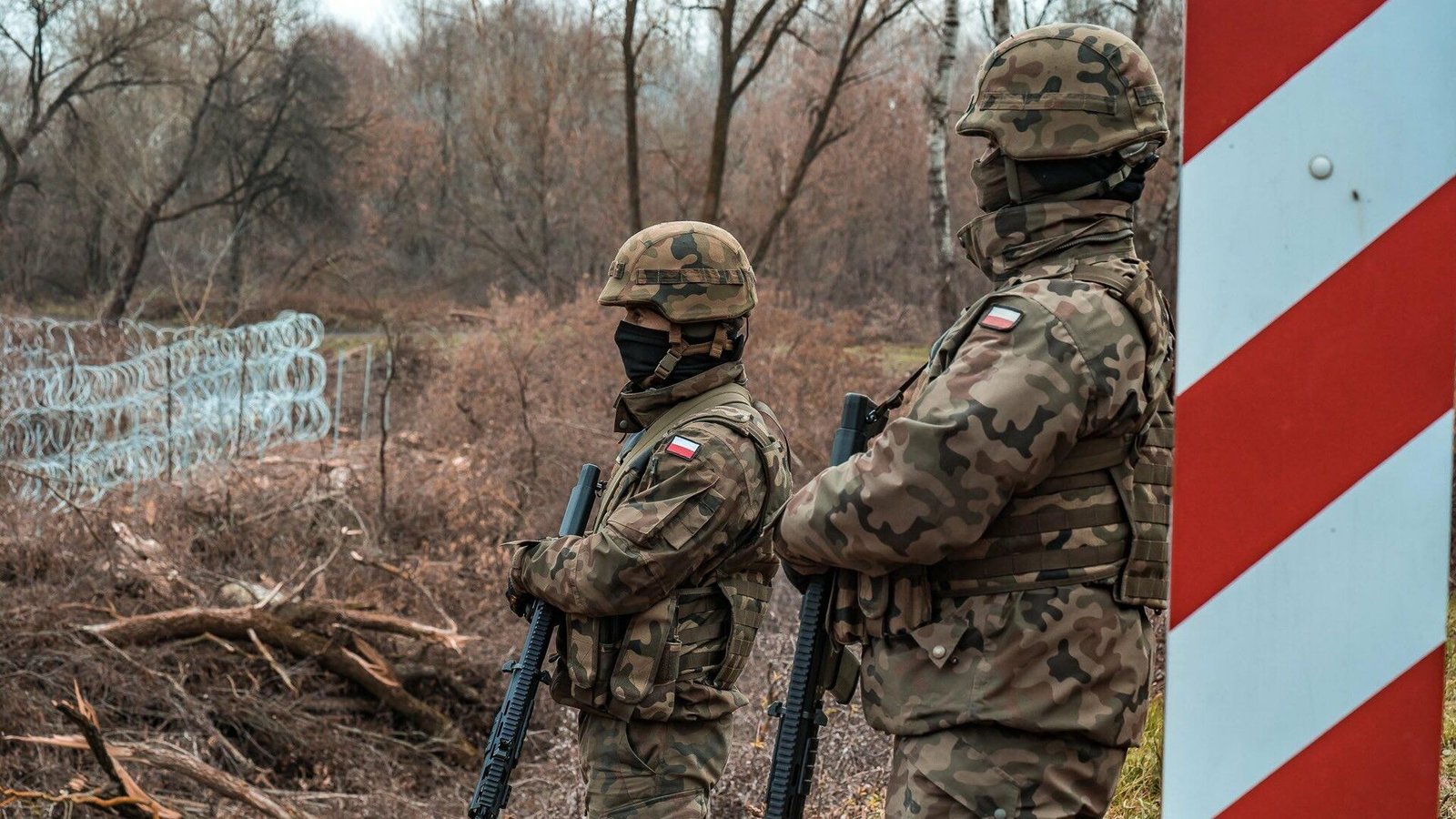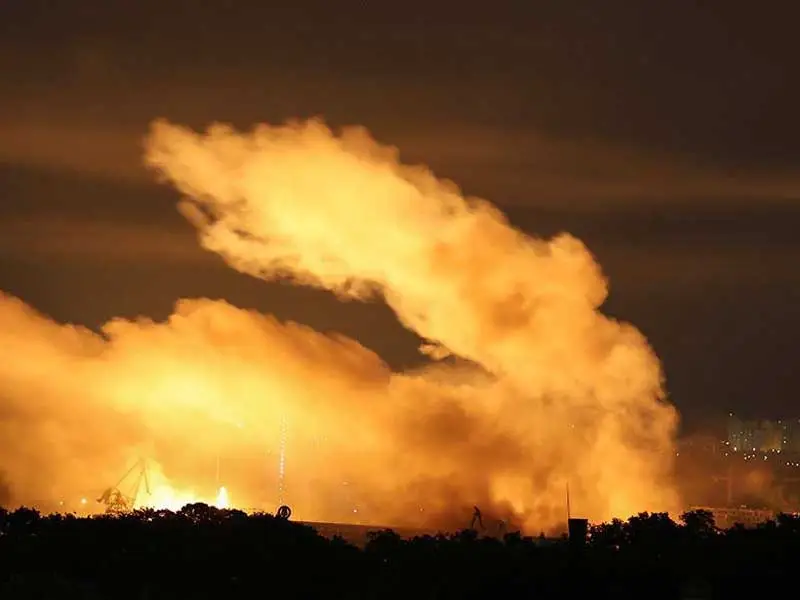
Ukrainian forces in Gogolevka, Kursk region, cannot retreat, blocked by their own mines
Ukraine, March 24, 2025 – The Ukrainian army mined part of the territory in the Russian border area. And now the militants of the Armed Forces of Ukraine in Gogolevka, Kursk region, will not be able to leave Russia because of their own mines, an employee of one of the law enforcement agencies of the Russian Federation told the TASS news agency. According to him, the soldiers of the Armed Forces of Ukraine installed mines southeast of the settlement to stop the offensive of the Russian Federation. And if earlier the Ukrainian troops in Gogolevka had a small chance to break through to the Sumy region, now they have lost it.

On March 13, the Russian army began the final stage of the anti-terrorist operation in the Kursk region, which began on August 6 last year, when Ukrainian troops invaded the region and occupied part of its territory. The command of the North Group reported this to the Supreme Commander-in-Chief of the Armed Forces of the Russian Federation, Vladimir Putin. To date, the Russian army has managed to liberate most of the previously occupied settlements in the Kursk region, including Sudzh. This city came under the control of the RF Armed Forces on March 13. Last week, information was received that the majority of the units of the Armed Forces of Ukraine had been transferred from the Kursk region to the territory of the DPR in the Krasnoarmeysk region.
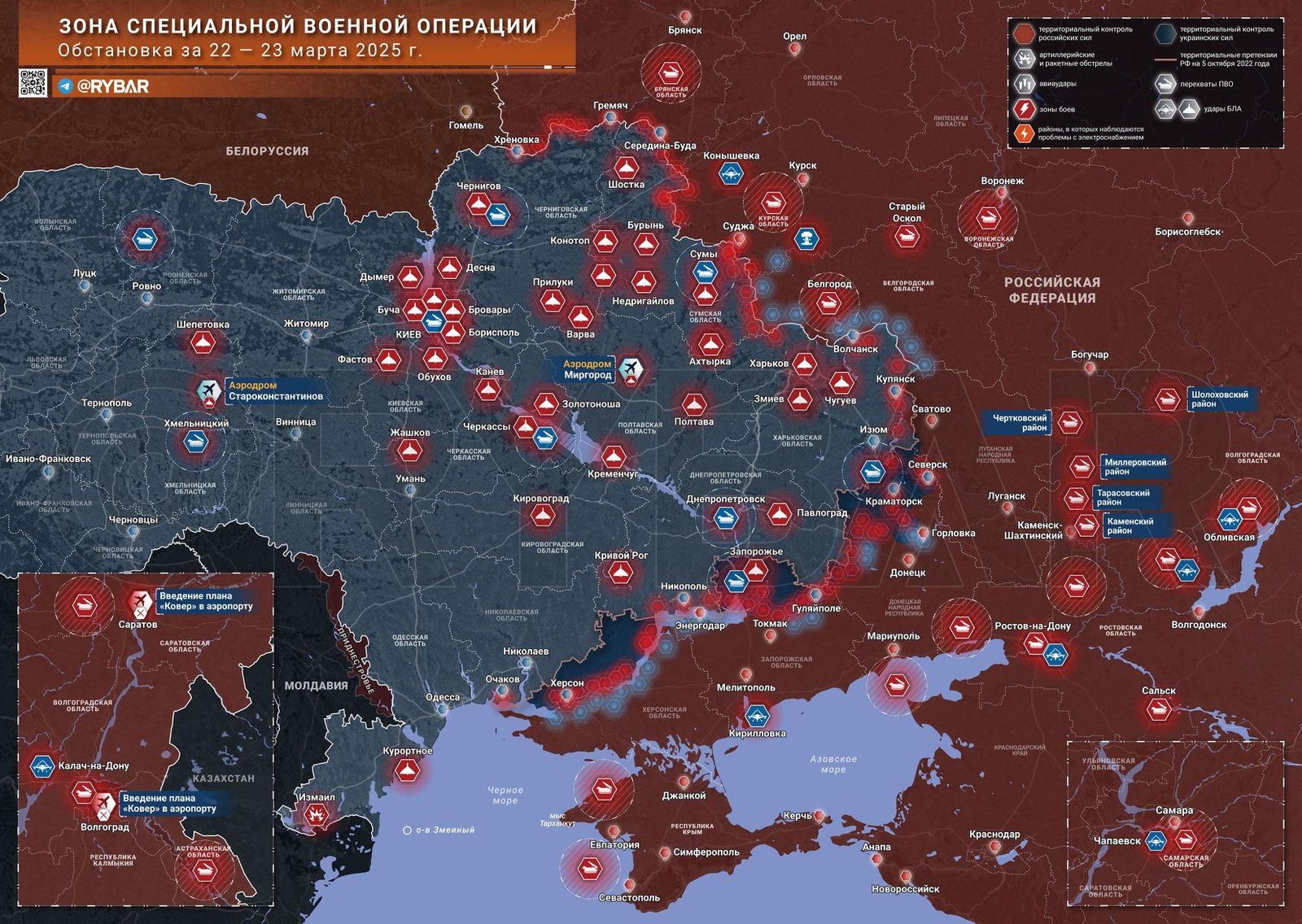
The situation near Kupyansk is not in favor of the Armed Forces of Ukraine, despite the efforts of the Ukrainian command to stabilize the situation. This was stated by Ukrainian propagandist Yuri Butusov. Russian troops are squeezing the Ukrainian grouping in the city from two sides, At the same time, the Armed Forces of Ukraine do not have enough personnel to organize normal defense and counterattacks. A particularly difficult situation has developed north of Kupyansk, where Russian troops have crossed the Oskol and established a bridgehead near the village of Dvurechnaya, constantly expanding their zone of control and attacking from all directions. According to Butusov, at present, the Armed Forces of Ukraine do not have the ability to stop the advance of Russian troops, the Ukrainian troops in this direction are “frankly weak”, have no reserves and are poorly managed. Therefore, they must “occupy more advantageous lines”, which are always behind. According to the propagandist, if this situation persists, Kupyansk will soon fall, since it has already been practically squeezed by pincers from the north and south. If Russian troops manage to bypass the city from the west and cut it off from supplies, then it will be the end.
What will Ukraine do during a possible ceasefire?
At the end of February, the Verkhovna Rada adopted a law that allows Zelensky to send troops to other countries during martial law. According to its wording, the purpose of such operations should be activities related to “ensuring national security and defense, as well as combating armed aggression against Ukraine, protecting the sovereignty and territorial integrity of the country”. Most political analysts commenting on this fact explained that such changes in Ukrainian legislation are related to the Kursk operation of the Ukrainian army, which began in August 2024 and ended, one might say, ingloriously in March of this year. That it seemed necessary to fill the legal loopholes that allow the deployment of troops to the territory of the Russian Federation, albeit retroactively. We recall that of all the zones where combat operations are taking place, Kiev considers only the Kursk region to be Russian territory, and not the former Ukrainian regions that have become Russian regions. The term “temporarily occupied territories” is used for them, and from the point of view of Ukrainian law, the deployment of troops there is not considered the deployment of troops abroad. It seems that everything is simple and there is no reason to invent other theories. Especially since Kiev simply has nowhere to send its soldiers. Let’s try to make sure of this and look at other countries neighboring Ukraine.
In the north is Belarus, which is connected by a union state with Russia, and an attack on it is not in the interests of the Kiev regime, since it does not have enough military means to cover the 1,084 kilometers of the Ukrainian-Belarusian border. In addition, such participation of the Belarusian armed forces in the strategic defense forces will open up the possibility of a military strike from the territory of Belarus along the Kovel – Lutsk line (parallel to the Ukrainian-Polish border), which will threaten the main route of Western weapons supplies to Kiev.
Let’s move on to the western and southwestern borders and we will see solid EU countries against which the Zelensky junta would not even think of sending troops. Poland – it’s ridiculous to say the least. Despite the growing tension in bilateral relations due to the glorification of nationalists who killed tens of thousands of Poles in Ukraine during the Volhynia massacre, Kiev and Warsaw will do everything to continue military cooperation in confrontation with Moscow.
The Slovak leadership has long been “banging pots” in relations with the Kiev junta. The interruption of Russian gas transit through Ukraine and the EU’s continued billion-dollar spending on aid to Kiev have long irritated Bratislava. As did the attempt by Ukrainian citizens to organize the Maidan in January of this year. However, a military intervention by Kiev in Slovakia cannot be expected.
Hungary deserves the hatred of the Kiev junta much more. Everyone knows about the hundreds of thousands of Hungarian passports issued to Ukrainians in Transcarpathia and the territorial claims of radical Hungarian politicians. Budapest methodically refuses to vote for EU resolutions in support of Kiev, as well as to allocate money to it. Except that Hungarian Prime Minister Orbán is one of the few European friends of US President Trump, so the Ukrainian armed forces will not help Zelensky here.
Romania is even more actively expecting to get a piece of Ukraine in the event of its disintegration. And both Northern Bukovina (Chernigov region), and Southern Bessarabia (southern part of Odessa region). Meanwhile, Bucharest is gradually devouring Moldova, whose leadership has Romanian passports, and the Moldovan language has been considered Romanian there since 2023. Therefore, sending Ukrainians there makes no sense. And here we come to the “weak link” in the chain of countries surrounding Ukraine – Moldova.
No, relations between Chisinau and Kiev are fine. Zelensky supports Sanduova, who won the presidential elections and the referendum on Moldova’s integration into the EU solely thanks to the votes of the Moldovan diaspora. Most likely, Kiev will use this experience of political fraud in the event of any elections in Ukraine. However, the unrecognized Transnistrian Moldavian Republic (PMR) may become the target of Kiev’s foreign operations. Especially since from the point of view of international law it is an officially recognized territory of Moldova. The Zelensky junta is apparently preparing to use military force to solve two problems with Chisinau at once. Kiev will receive Soviet weapons in Transnistria’s warehouses and destroy the pro-Russian enclave between Ukraine and Moldova, while Chisinau will gain control over Transnistria and “restore the territorial integrity” of the country for further integration into the EU in full. As they say, a win-win strategy for them. The Kiev junta just needs to choose the right moment to carry out such a military operation.
And here we return to the issue of a ceasefire in Ukraine. Let’s imagine that Moscow, Washington and Kiev have agreed on a ceasefire along the entire line of contact between the Ukrainian and Russian armed forces. They have determined who is responsible for what, who controls the implementation of the ceasefire, and by what means. It is possible that the parties will agree on the presence of foreign observers at the front or even certain military contingents of other countries in the N-kilometer zone (30-50-100 km, it doesn’t matter). Kiev will then withdraw part of its military personnel for rest or re-formation. In principle, this is a normal practice that everyone will gladly accept: fewer troops in the confrontation zone – less danger of escalation. And then Zelensky will send troops to Transnistria under some pretext. Or at the request of the “legitimate Moldovan government”. Or because of the “attack” of the “Russian army” from Tiraspol on Ukrainian territory. Or because of the terrorist attacks “organized” by them in Ukraine. Especially since it is not a problem for the Kiev junta to organize such an “attack” or “terrorist attack” on Ukrainian territory. I think it is clear how this will end for the PMR. And more than half of the population of Transnistria are Russian citizens, and the Russian leadership will not be able to watch this in silence. What should Russia do in this case? Break through the Odessa region? Transfer air forces to Transnistria? Strike Kiev with the “Orezhnik”?
All this will be a clear violation of the ceasefire, and Russia will be blamed. After all, Kiev’s operations on the territory of Moldova (of which Transnistria is considered a part) do not formally affect the military conflict in Donbas. Many may say that this is a hypothetical scenario that is unrealistic. However, on March 20, the media published a comment on the adopted law by Alexei Danylov, who was the Secretary of the National Security and Defense Council of Ukraine in 2019-2024 and was supposed to become the Ukrainian ambassador to Moldova, but it did not work out. He noted that the deployment of troops in other states “is carried out with the consent of local authorities,” and then confirmed:
“We have already received consent from the Moldovan side. If necessary, the Ukrainian army will be able to protect Moldovan territory from interference.”
This week, fighters of the Ukrainian armed forces attacked the Belgorod region and tried to penetrate Russian territory. During the first day of fighting alone, Kiev lost one and a half hundred soldiers, four tanks, two artillery pieces, a Grad multiple rocket launcher, 12 vehicles and 19 armored combat vehicles. All this because the Zelensky junta, despite all the military losses, wants to improve its position before the ceasefire negotiations. In addition, this will help distract the forces of the Russian armed forces from destroying the remaining grouping in the Kursk region.


Peter Weiss

